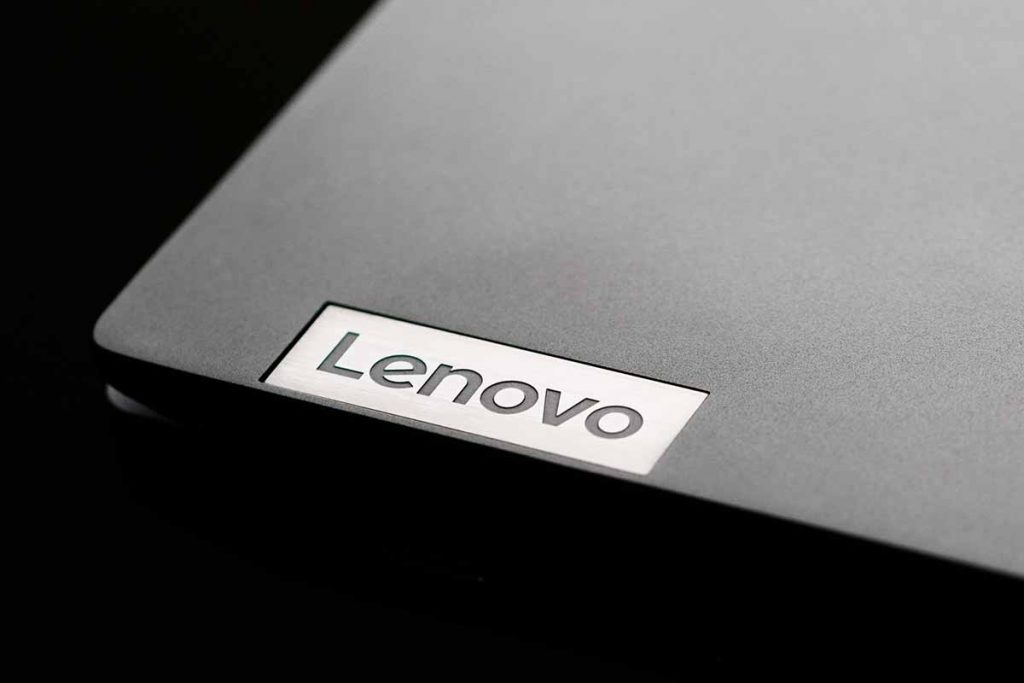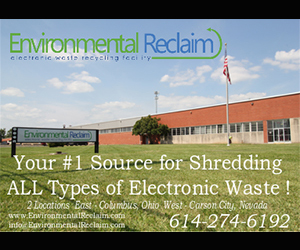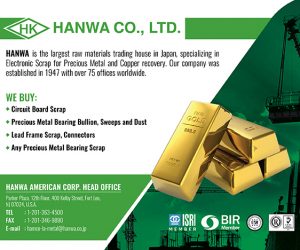
Lenovo uses both post-industrial and post-consumer plastics in laptops, desktops, workstations, monitors and accessories. | Hernan E. Schmidt/Shutterstock
Lenovo is using more recycled materials in its products and working toward a circular economy, even as a recent study from the company found that only half of senior IT business leaders are aware of the economic value of e-scrap.
In fiscal year 2021-2022, Lenovo begain using recycled magnesium, aluminum and ocean-bound plastic in its products, and increased the number of products that use some amount of post-consumer resin (PCR) to 248 products, up from 103 products the year prior, according to its annual environmental, social and governance report.
“The company’s corporate-wide environmental standards and specifications require its product designers to consider environmentally conscious design practices to facilitate and encourage recycling and minimization of resource consumption,” the report stated.
Lenovo uses both post-industrial and post-consumer plastics in laptops, desktops, workstations, monitors and accessories, and by fiscal year 2025-2026 aims to have 100% of its PC products contain some PCR.
In 2021, it used 7,800 metric tons of plastics containing recycled content. The report noted that the weight of PCR used is falling each year, even as the company uses PCR in more items, because Lenovo is also decreasing its plastics use overall by making products thinner and lighter.
The company will begin reporting on the total weight of recycled metals in next year’s report, according to the report.
Aiming for circularity
Lenovo also offers end-of-life recycling and management programs for consumers and businesses. Since 2005, it has processed 324,811 metric tons of computer equipment through its contracted service providers; 34,163 metric tons of that total came in 2021, the report stated.
Of that 2021 total, 5.5% was reused as products or parts and 88.2% was recycled as materials. The rest was disposed of, with 1.5% incinerated using waste-to-energy recovery, 2.1% incinerated as disposal treatment and 2.6% landfilled.
“The company can advance a circular economy by optimizing the use of its products and parts,” the report noted, and part of that includes repair options.
By fiscal year 2025-2026, Lenovo plans to be able to do 84% of repairs at the customer site, without having to send the PC to a service center. By the same deadline, the company aims to repair 76% of repairable parts for future use.
“The rapidly changing global context urges the global business community to respond with smarter innovations and more responsible operations, seizing every opportunity to act with a larger purpose in mind,” said CEO Yuanqing Yang in a press release.
Low awareness of e-scrap value
Lenovo also published a report titled “Rethinking E-waste in a Circular Economy,” which found only 50% of senior IT business leaders were aware of the potential economic value of their organization’s e-scrap, and 9% said “they don’t even consider it.”
However, 75% of those surveyed said their organization measures and tracks the amount of e-scrap they create annually and 59% said they increased the amount of hardware they purchased during COVID-19.
To bring awareness to the value of e-scrap and encourage recycling, Lenovo collaborated with a jeweler, Holly Ryan, to create four one-off designer rings made from metals from recycled e-scrap, a press release noted.
Matt Codrington, Lenovo managing director, said in the press release that since the beginning of the current fiscal year, the company has already seen a 43% year-over-year increase in the number of customers using its asset recovery services.
“It is fantastic to witness so many of our customers rethinking the lifecycle of technology products, ensuring that every recoverable material from every single device can be reused at end of life,” Codrington said.
More stories about OEMs
- LG collection volume increased notably in 2024
- Apple, rare earth firm to process end-of-life device magnets
- Texas passes right-to-repair for consumer electronics



